The switch to Apple Silicon for Macs brought a number of great benefits. Apple computers have significantly improved in terms of performance and energy consumption, and thanks to the use of a different architecture (ARM), they have also gained the ability to run classic applications available for iPhones and iPads. This option is available to developers without any porting or difficult preparation - in short, everything is functional practically immediately.
It could be interest you
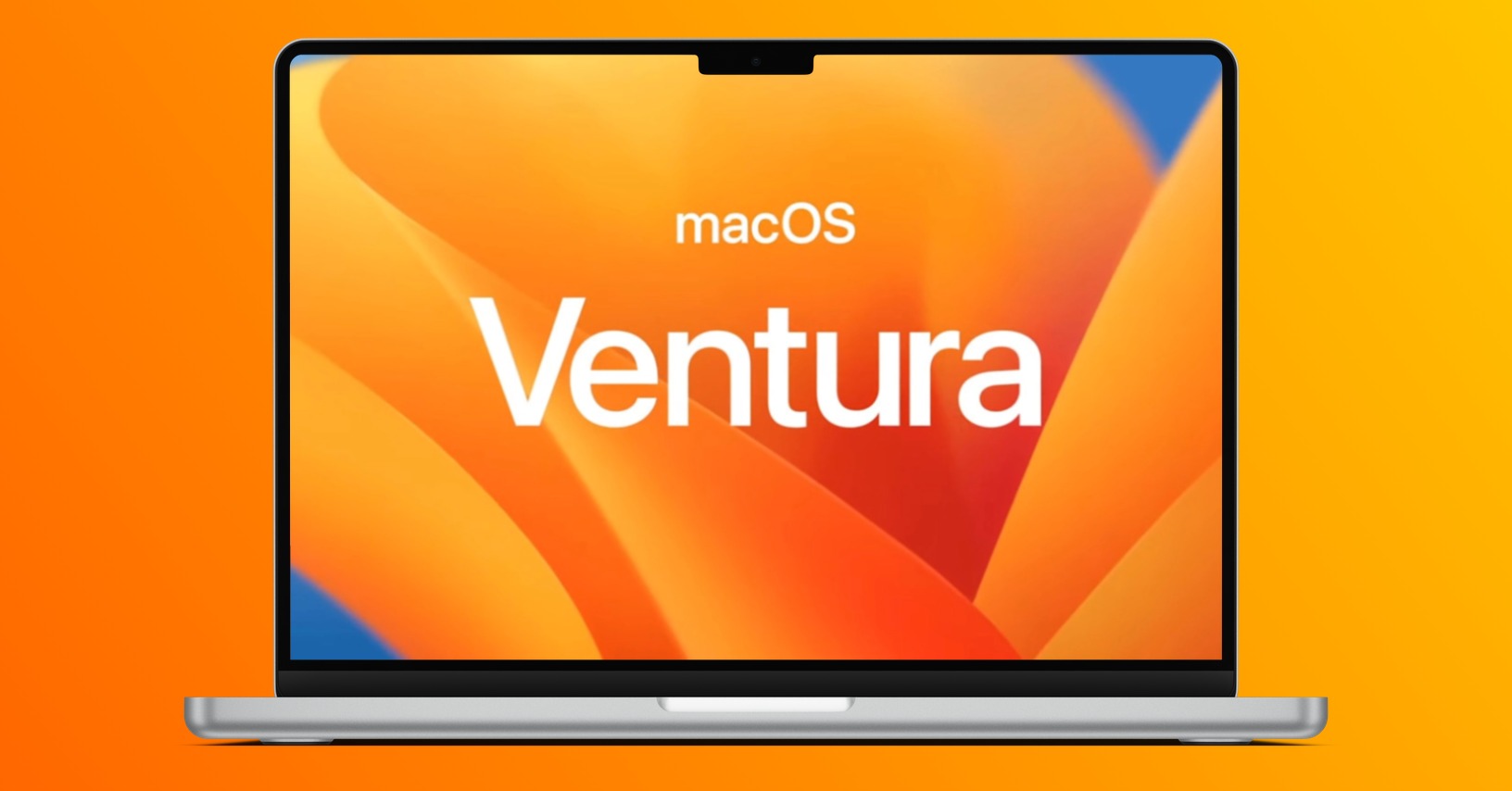
Developers can just optimize their apps to be more controllable via keyboard and trackpad/mouse. In this way, the capabilities of newer Apple computers, which are based on Apple Silicon chips, are noticeably expanded. They can handle launching mobile applications practically without the slightest problem. In short, everything works immediately. To make matters worse, Apple has already come up with Mac Catalyst technology, which enables simple preparation of iPadOS applications for macOS. The app then shares the same source code and works on both platforms, while in this case it is not even limited to Apple Silicon Macy.
Problem on developer side
The mentioned options look great at first glance. They can make their work significantly easier for developers, and for users to use their Macs. But there is also a small catch. Although both options have been here with us for some Friday, so far it seems that the developers tend to overlook them and honestly don't pay much attention to them. Of course, we could also find some exceptions. At the same time, it is appropriate to mention one important thing. Even if Macs with Apple Silicon can handle the launch of the aforementioned iOS/iPadOS applications, this does not mean that every single app is available in this way. Developers can directly set that their software cannot be installed on Apple computers under any circumstances.
In such a case, they usually defend themselves with a simple justification. As we indicated above, not all applications may work well on Macs, which would require customizing them for Macs. But an easier option is to disable them directly. On the other hand, applications that could certainly be used without the slightest problem are also prohibited.
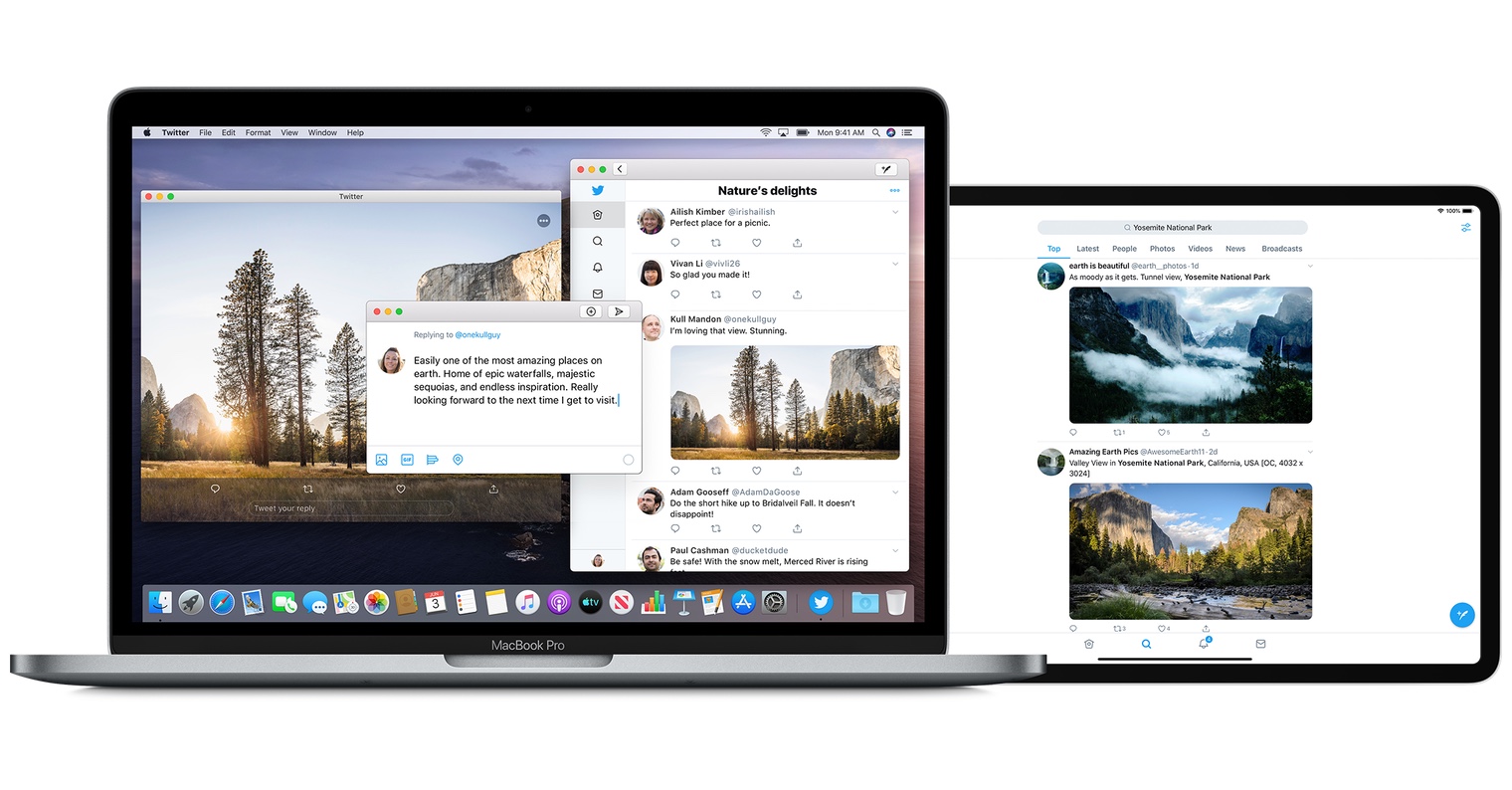
Why do developers ignore these options?
In conclusion, the question remains, why do developers more or less ignore these possibilities? Although they have solid resources available to facilitate their own work, this is not enough motivation for them. Of course, it is also necessary to look at the whole situation from their point of view. The fact that there is an option to run iOS/iPadOS applications on Macs does not guarantee that it will be worth it. It is completely pointless for developers to release software that will not work properly, or to optimize it, when it is more or less clear in advance that there will simply be no interest in it on the macOS platform.
It could be interest you

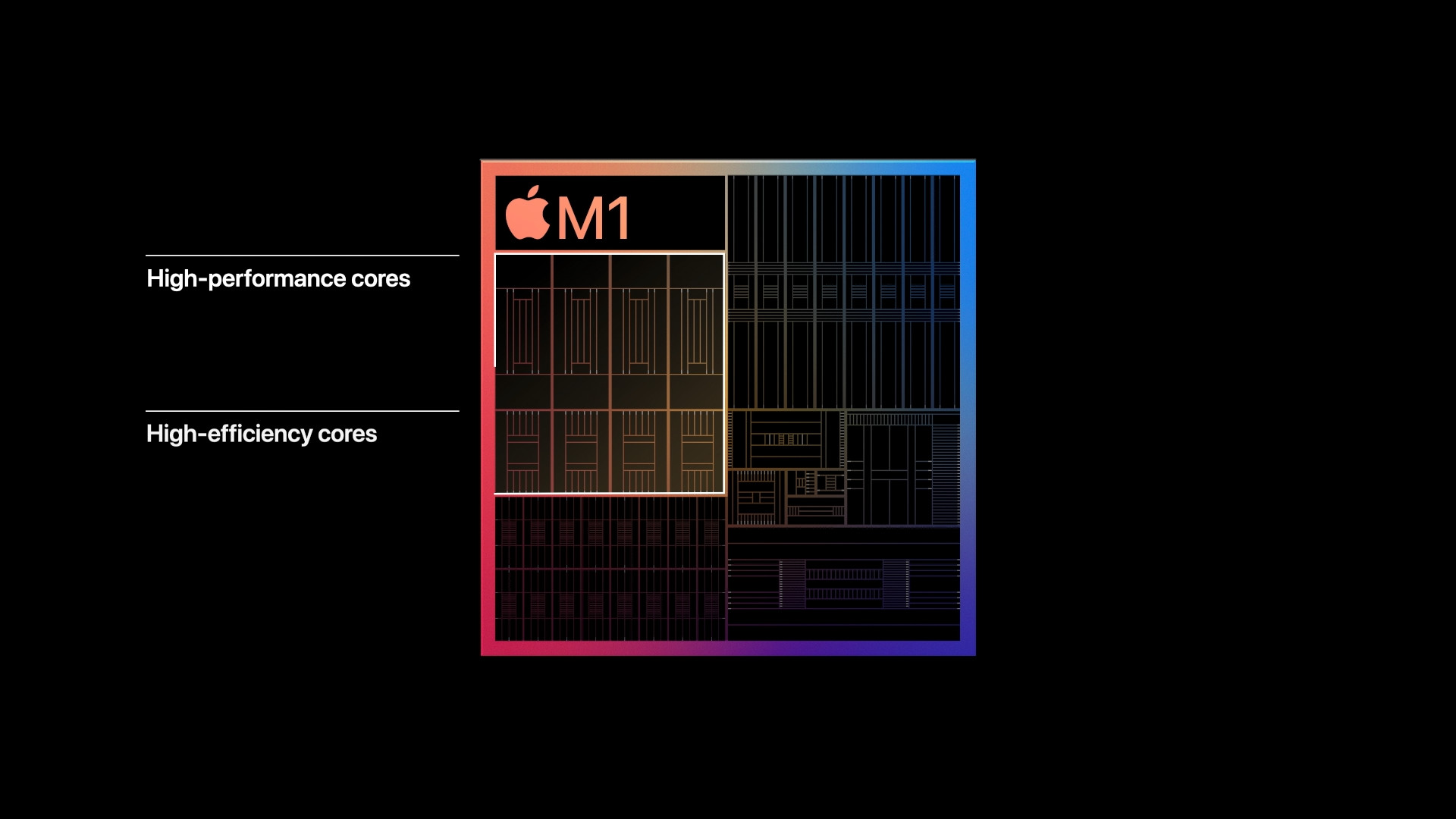




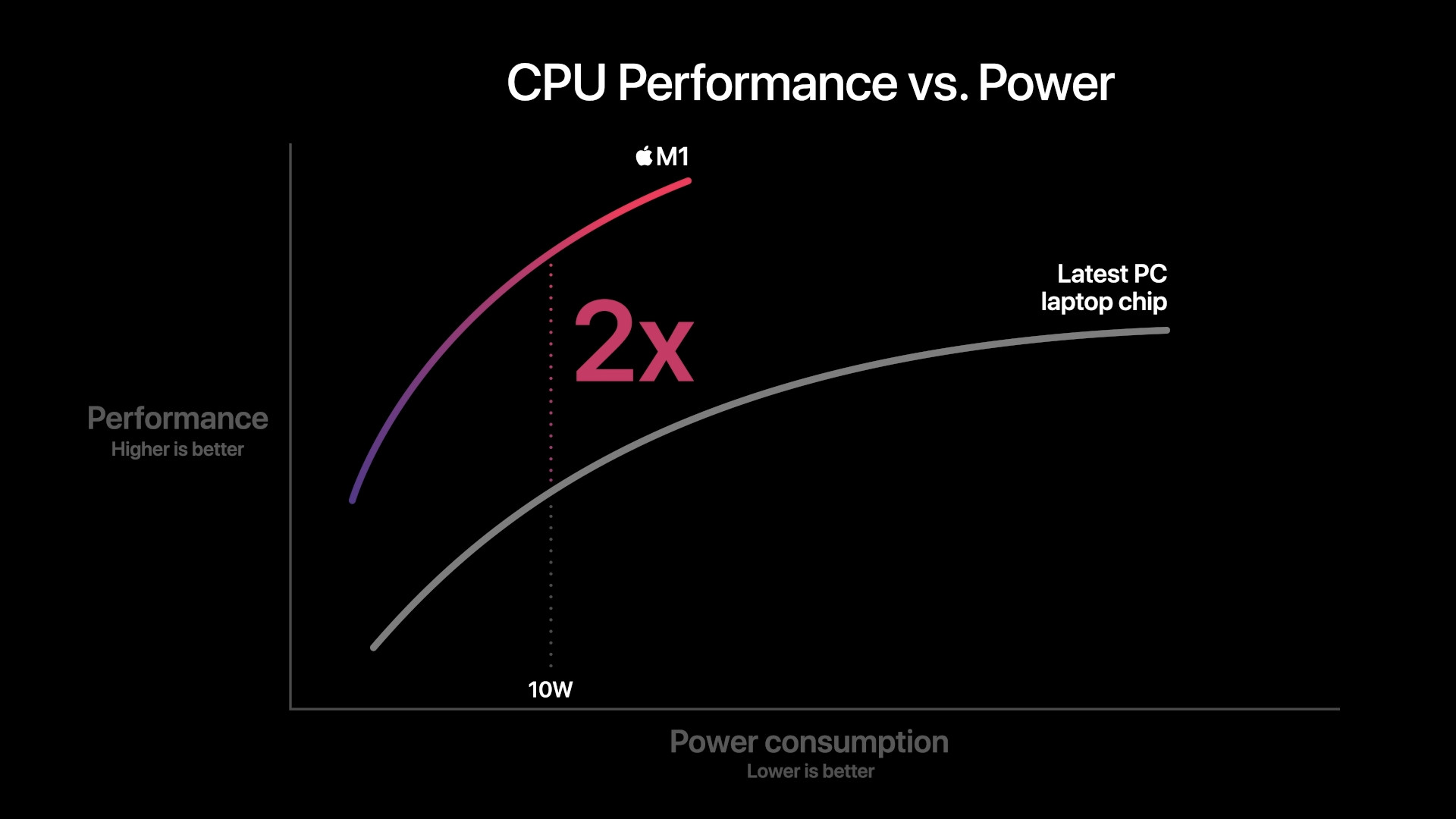
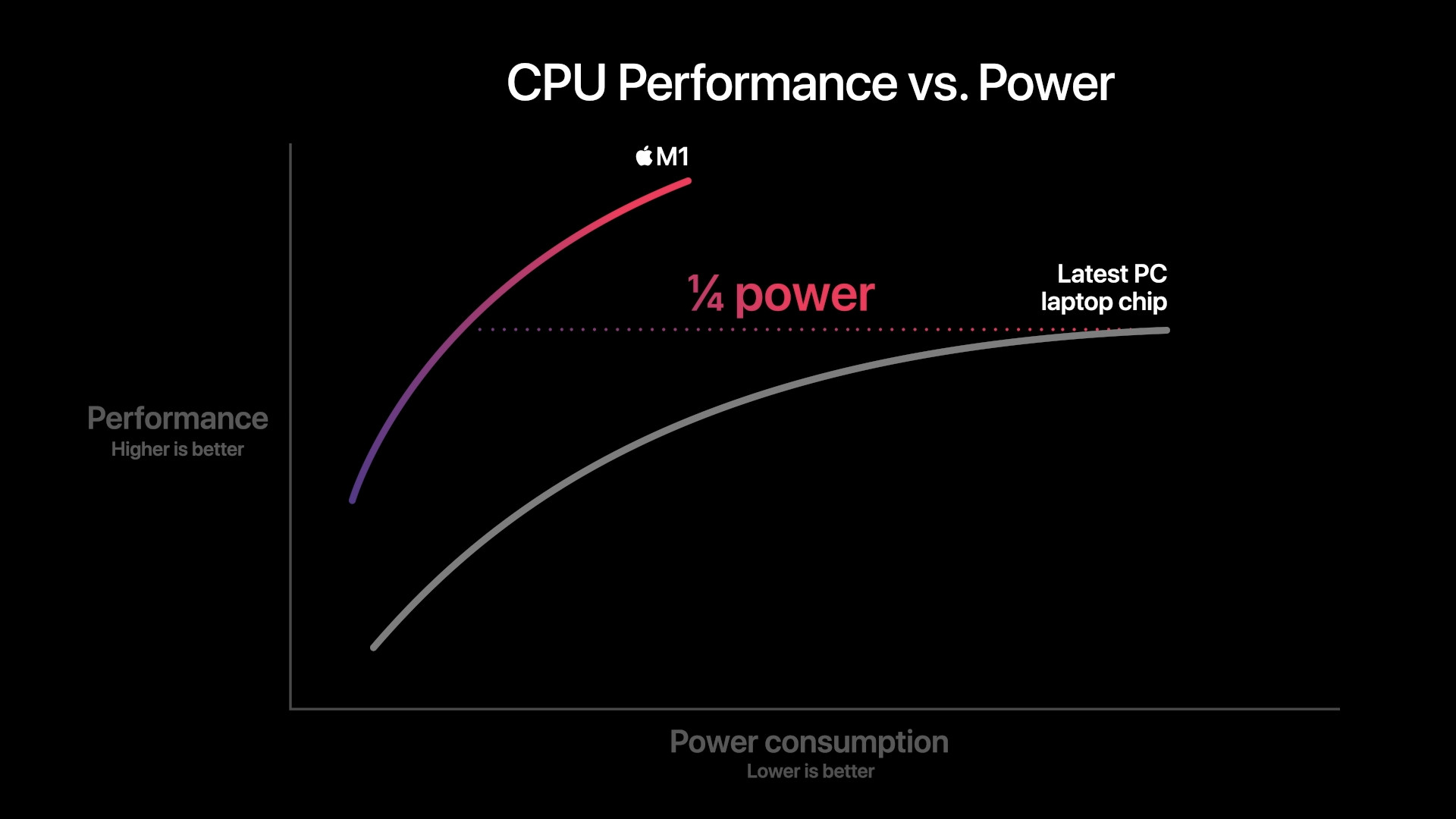

 Adam Kos
Adam Kos